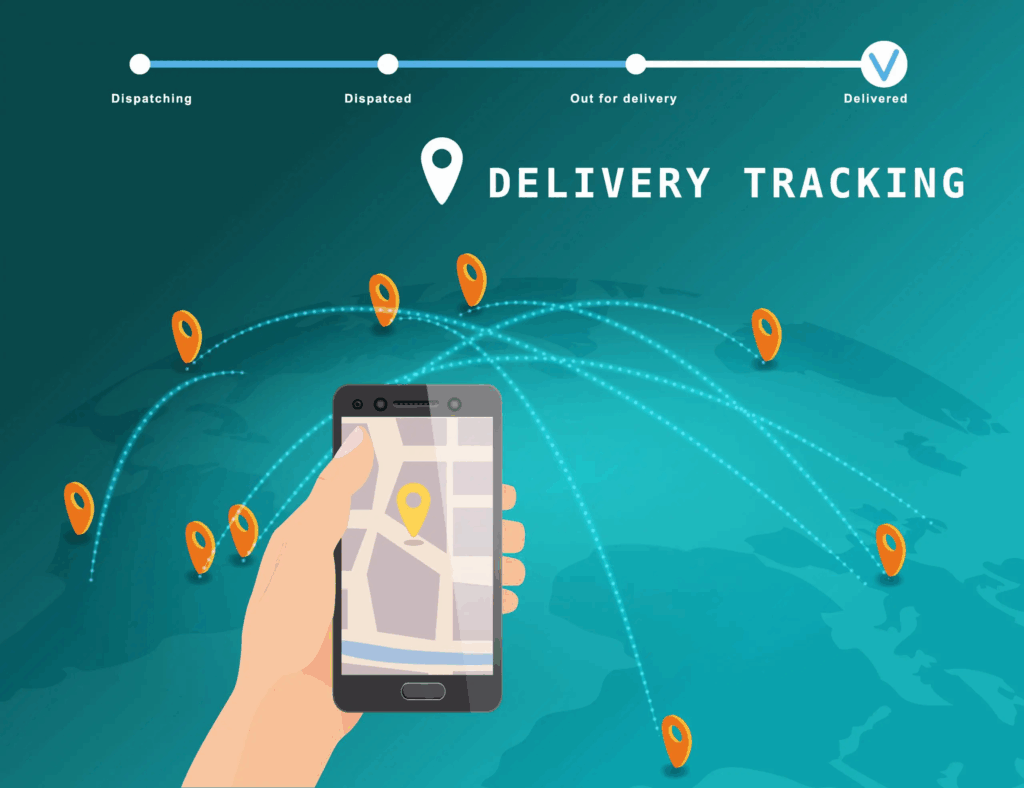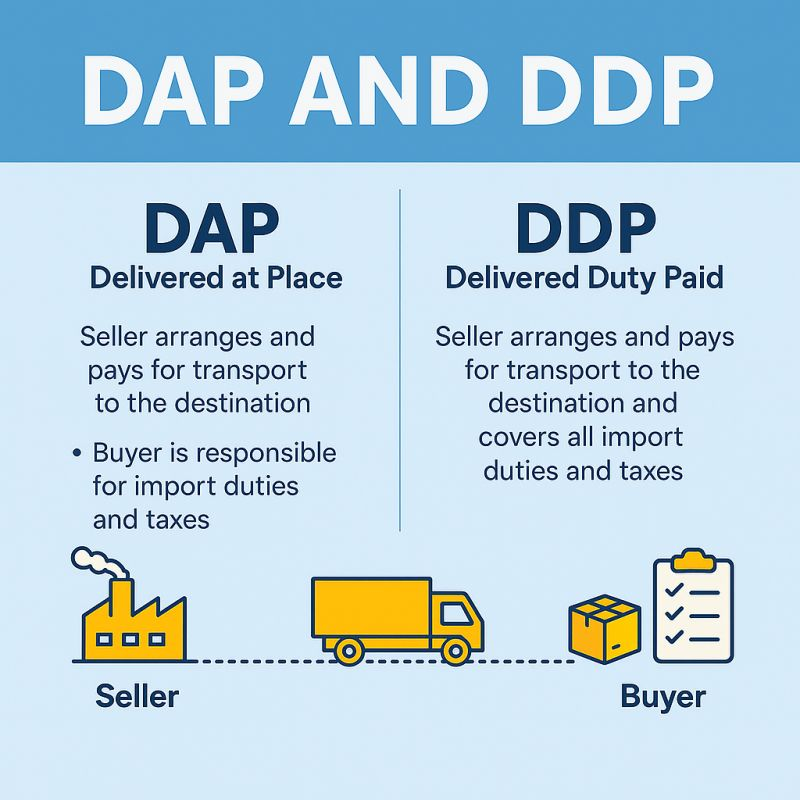International Shipment Tracking for Pet Products: When Late Isn’t an Option
Pet products can’t arrive “whenever.” Food runs out. Flea and tick cycles don’t wait. Medications expire. This guide shows how to build a reliable, scalable setup that keeps cross-border orders visible from checkout to delivery. We cover operations, technology, customs, and customer experience—so you can turn uncertainty into control with International Shipment Tracking at the core. For businesses looking for a dependable solution, PostalParcel makes it possible to centralize tracking and keep customers informed every step of the way.

1. Why pet product logistics are uniquely time-critical
1.1 What “late” looks like in this category
- A customer runs out of grain-free food; diet changes trigger stomach issues.
- Missed flea treatment window; infestations spread.
- Chilled supplements warm up; potency drops.
- A litter box replacement arrives after a move; mess and frustration follow.
1.2 What shoppers really want
- A trustworthy ETA and consistent updates.
- Clear customs and tax info before purchase.
- Simple rescheduling or pickup options.
- Fast, human help if something stalls.
Deliver these, and you cut churn, refunds, and “Where is my order?” tickets.
2. The basics of International Shipment Tracking
2.1 How tracking works end-to-end
- Scan events mark handoffs: label creation → outbound → export → airline uplift → import → last-mile → delivery.
- EDI/API moves shipment data among merchants, carriers, and customs.
- Reference IDs (tracking number, order ID, SSCC) make sure systems match the right parcel.
- Event normalization lets you read different carriers’ statuses in one standard format.
2.2 Common events you should see
- Shipment info received
- Picked up / departed origin facility
- Export cleared / in transit to airline
- Arrived destination country / import cleared
- Out for delivery
- Delivered (timestamp, name/signature, photo if available)

If you can’t map these reliably, your International Shipment Tracking will feel blind at the exact moment customers need clarity.
3. Pre-shipment moves that make tracking work
3.1 Clean order data = cleaner journeys
- Verify addresses with auto-complete and postal code checks.
- Store HS codes, material composition, and battery/chemical flags at SKU level.
- Send paperless commercial invoices where allowed; avoid manual re-typing.
3.2 Labels and identifiers that scan everywhere
- Use carrier-approved label specs; test print quality to prevent mis-scans.
- Add a 2D barcode with order ID for warehouse and support handoffs.
- Keep SSCC or internal UID consistent from pick to delivery.
3.3 Choose service level and terms on purpose
- Pick trackable services for anything time-sensitive.
- Decide DAP vs DDP (who pays duties/taxes) before you sell; mismatches cause customs delays.

- Offer pickup points for addresses with high “not at home” rates.
4. Carriers, consolidators, and platforms: picking the right stack
4.1 Know your choices
- Integrators (DHL, FedEx, UPS): fast, consistent, strong visibility; higher cost.
- Postal + consolidator hybrids: lower cost, good for light parcels; longer transit.
- Regional last-mile partners: dense in-country networks; pair with cross-border linehaul.
4.2 When to mix and match
- Use integrators for meds and perishables.
- Use economy options for non-urgent accessories.
- Maintain at least two carriers per lane to hedge disruptions.
4.3 Tracking software and APIs
A multi-carrier hub centralizes International Shipment Tracking, builds ETAs, and lets your team intervene early.
5. Build a real-time tracking playbook
5.1 Define SLAs by lane and product
- Example: “US→DE priority: 4–6 business days; meds within 3–5.”
- Add scan expectations: first scan ≤24h, customs dwell ≤48h.
5.2 Alerting that prevents support tickets
Trigger proactive contact when:
- No scan for 48 hours in transit.
- Customs hold >24 hours.
- Failed delivery attempt with no auto-reschedule.
- Temperature logger shows excursion (if used).
5.3 Exception workflows that resolve issues
- Missing scan: open a carrier trace; request manual ping at next facility.
- Address error: send a one-click address confirmation link to the recipient.
- Customs query: reply with product composition and HS code from SKU data.
- Weather/strike: auto-switch carrier on similar open orders; update ETAs site-wide.

6. Customs and compliance: keep parcels moving
6.1 Documentation fundamentals
- Itemized commercial invoice: product name, HS code, material, country of origin, quantity, and value.
- Match invoices to the physical contents.
- Declare animal-origin ingredients accurately; many countries restrict or require permits.
6.2 Dangerous goods and special items
- Aerosol grooming sprays, lithium-powered clippers, or coolant packs may have transport restrictions.
- Use carrier-approved packaging and labels where required.
6.3 Duties, taxes, and prepayment
- Be transparent at checkout. Show landed cost or who pays on delivery.
- Consider prepaid duties/taxes (DDP) for smoother handoff in strict markets.
Accurate data shortens customs dwell and keeps International Shipment Tracking timelines meaningful.
7. Cold chain and condition monitoring (when needed)
7.1 When pet products need temperature control
- Probiotics, certain supplements, and some medications may require temperature ranges.

- Validate whether insulation + gel packs suffice or if active cooling is required.
7.2 Add condition tracking to your visibility
- Pair data loggers or Bluetooth/IoT sensors with sensitive shipments.
- Set thresholds that trigger alerts and automatic replacement orders if exposure occurs.
Condition data complements International Shipment Tracking, giving you both where and how a parcel has traveled.
8. Customer experience: make tracking the star of your post-purchase flow
8.1 Branded tracking that calms customers
- Host a branded tracking page with real-time events and a reliable ETA.
- Include one-click delivery options (leave with neighbor, pickup point).
- Localize language and date formats for destination countries.
8.2 Proactive communication beats “WISMO”
- Send key milestones: shipped, import cleared, out for delivery, delay with reason, delivered.
- Offer SMS for time-sensitive items.
- Escalate to a human when dwell exceeds your norm.

When shoppers can see International Shipment Tracking without friction, trust and repeat purchases rise.
9. Measure what matters and iterate
9.1 KPIs to track weekly
- On-time delivery rate by lane and product class.
- Transit time variance (median vs P90).
- First-attempt success rate and reasons for failure.
- Customs dwell time and scan gap >48h count.
- Ticket deflection: % of orders with zero WISMO contact.
9.2 Use cohorts and feedback loops
- Compare results by carrier + service + weight band.
- Tag “sensitive” SKUs and ensure their performance exceeds baseline.
- Feed returns and damage data back into packaging and routing choices.
10. Risk management for the real world
10.1 Seasonal surges and capacity crunches
- Lock capacity early for Q4 and flea/tick cycles.
- Diversify lanes and airports to avoid single points of failure.

10.2 Geopolitical and regulatory shifts
- Maintain up-to-date restricted items lists by country.
- Subscribe to customs advisories; refresh HS codes and templates when rules change.
10.3 Returns and reverse logistics
- Generate return labels tied to the original tracking ID.
- Track reasons for return to refine packaging, sizing, and product fit.
- Offer local drop-off to shorten refund times and improve customer sentiment.
11. Quick implementation checklist
- Verify addresses with auto-complete and postal code checks.
- Store HS codes, materials, and DG flags at SKU level.
- Choose trackable services for time-sensitive SKUs.
- Decide DDP vs DAP and reflect it at checkout.
- Print carrier-spec labels; test scan quality.
- Normalize events in a multi-carrier dashboard.
- Set alerts for scan gaps, customs holds, failed attempts.
- Offer branded tracking and proactive notifications.
- Use condition loggers for temperature-sensitive items.
- Review KPIs weekly; A/B test carriers per lane.
12. Short FAQ for pet-product shippers
12.1 How do I pick the right service level?
Match speed + reliability to product risk. Meds and perishables deserve priority services with dense scan networks. Accessories can use economy lanes.
12.2 Why do customs delays happen even with perfect paperwork?
Random inspections, peak season volume, or policy changes can add time. Good data reduces the odds—and your alerting system ensures fast follow-up.
12.3 Should I always prepay duties and taxes?
Not always. DDP often reduces friction in strict markets and for first-time buyers. Experienced customers sometimes prefer lower upfront costs with DAP. Test both.
Conclusion
Speed without visibility is guesswork. Visibility without action is noise. For pet products, you need both. Start with clean data and disciplined carrier choices. Add a unified tracking layer, proactive alerts, and ready-made playbooks. Tighten customs documentation and, when necessary, monitor temperature. Then improve your lanes with weekly KPI reviews.
Do that, and you won’t just ship faster—you’ll communicate better, prevent problems early, and turn anxious first-time buyers into confident repeat customers. That’s what great International Shipment Tracking delivers when late isn’t an option. And with PostalParcel, you have a partner designed to make this visibility seamless from checkout to doorstep.
Industry Insights
news via inbox
Nulla turp dis cursus. Integer liberos euismod pretium faucibua







